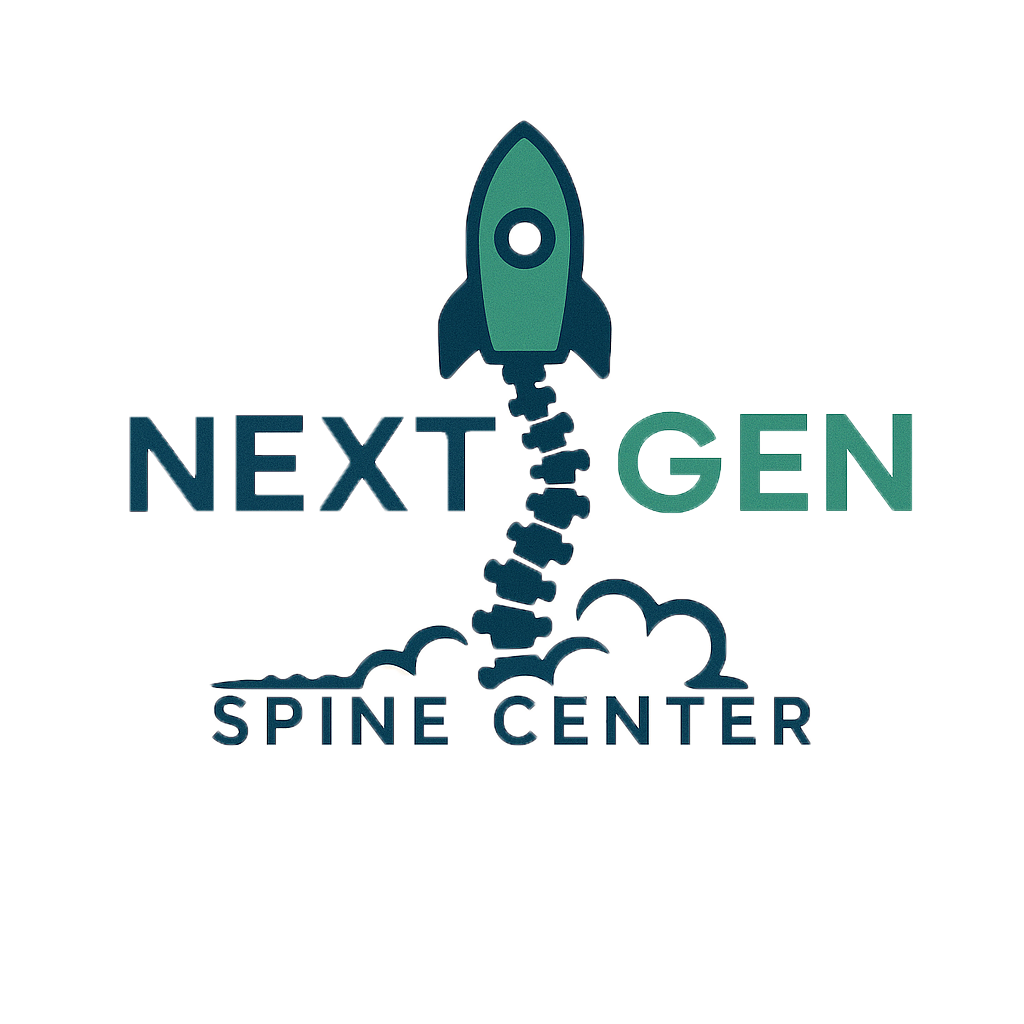Overview
Cervical radiculopathy occurs when a nerve in the neck becomes compressed or irritated where it branches away from the spinal cord. This can cause pain, numbness, or weakness radiating into the shoulder, arm, or hand. It is often caused by degenerative changes in the spine, such as herniated discs or bone spurs.
Types of Cervical Spine Pain
Cervical radiculopathy is typically categorized based on the specific nerve root affected (e.g., C5, C6, C7, C8). Each type corresponds to different areas of pain and weakness depending on the nerve’s function.
How Cervical radiculopathy differs from other conditions
• Myelopathy: A spinal cord condition causing widespread neurological issues, while radiculopathy is limited to nerve root involvement.
• Spondylolysis: A defect or stress fracture in the vertebral arch, which may lead to radiculopathy but is structurally different.
Causes
Common causes include:
– Herniated cervical disc
– Cervical spinal stenosis
– Degenerative disc disease
– Trauma or injury
– Bone spurs (osteophytes)
Symptoms
Symptoms may include:
– Neck pain
– Radiating arm pain
– Numbness or tingling in the fingers
– Muscle weakness in the shoulder, arm, or hand
– Decreased reflexes
Managing Symptoms
Initial management includes rest, avoiding aggravating activities, physical therapy, and over-the-counter pain medications. Applying heat or ice and maintaining good posture may also help alleviate symptoms.
Diagnosis
Diagnosis often involves a physical exam and imaging studies such as X-rays, MRI, or CT scans. Electromyography (EMG) and nerve conduction studies may be used to assess nerve function.
Prognosis
Most patients recover well with conservative treatments within a few weeks to months. Persistent or worsening symptoms may require more advanced interventions.
Prevention
Preventive measures include maintaining good posture, using ergonomic workstations, avoiding repetitive neck movements, staying active, and practicing neck and upper back strengthening exercises.
When to See a Doctor
Seek medical attention if you experience:
– Persistent neck or arm pain
– Progressive weakness
– Difficulty with fine motor skills
– Loss of bladder or bowel control (seek emergency care)
Conservative Treatment
Non-surgical options include:
– Physical therapy
– Anti-inflammatory medications
– Epidural steroid injections
– Cervical traction
– Lifestyle and ergonomic modifications
Surgical Treatment
Surgery may be necessary if conservative treatments fail or if there is severe nerve compression. Options include:
– Cervical discectomy
– Laminectomy/ Partial Laminectomy
– Posterior cervical foraminotomy
At Nextgen Spine Center, we specialize in minimally invasive surgical techniques that result in shorter recovery times and less postoperative pain.
Frequently Asked Questions
Q: Can cervical radiculopathy heal on its own?
A: Depending on the severity of the condition, it may go away on it’s own or through conservative treatment, however if the pain isn’t resolved with conservative treatment then surgery may be necessary.
Q: Is surgery always required?
A: No, it’s considered only after conservative measures fail
Q: How can Nextgen Spine Center help?
A: Our team offers expert diagnosis and comprehensive treatment plans, including minimally invasive procedures, to help patients return to a pain-free life.
